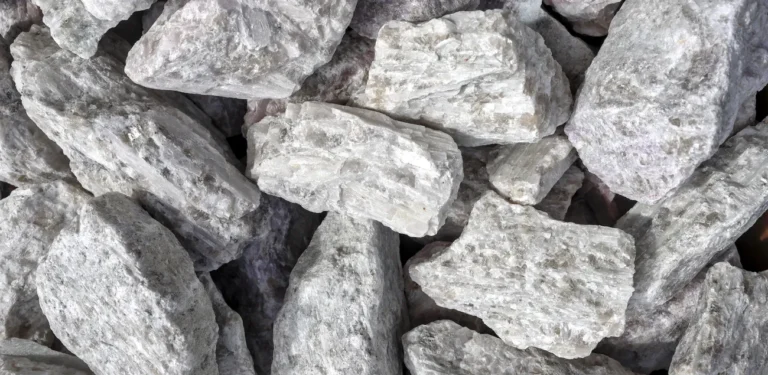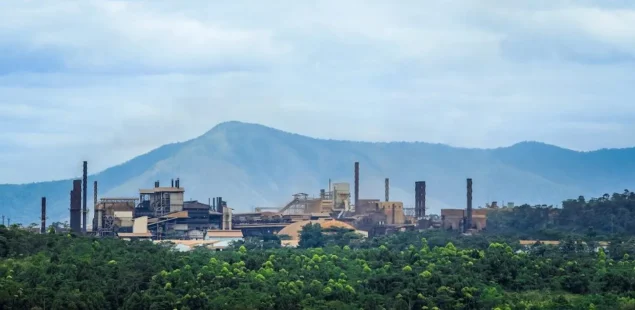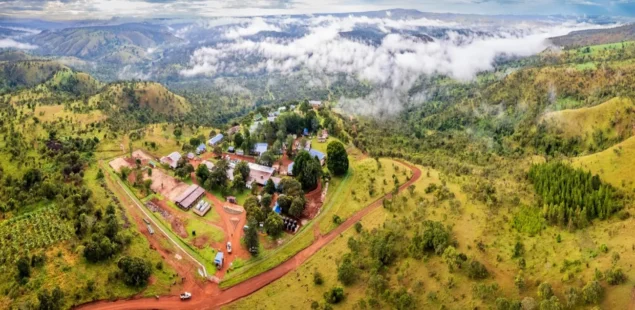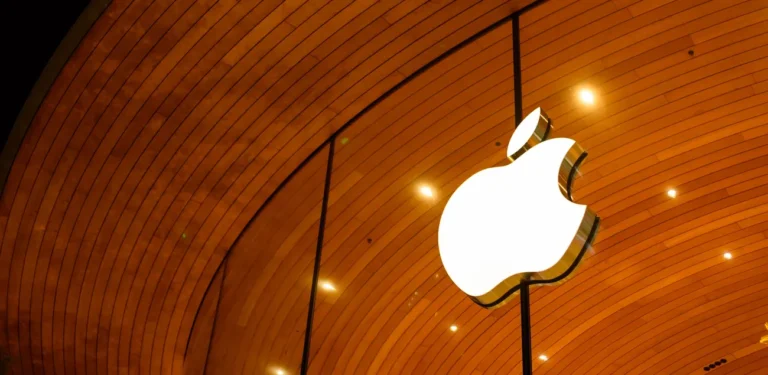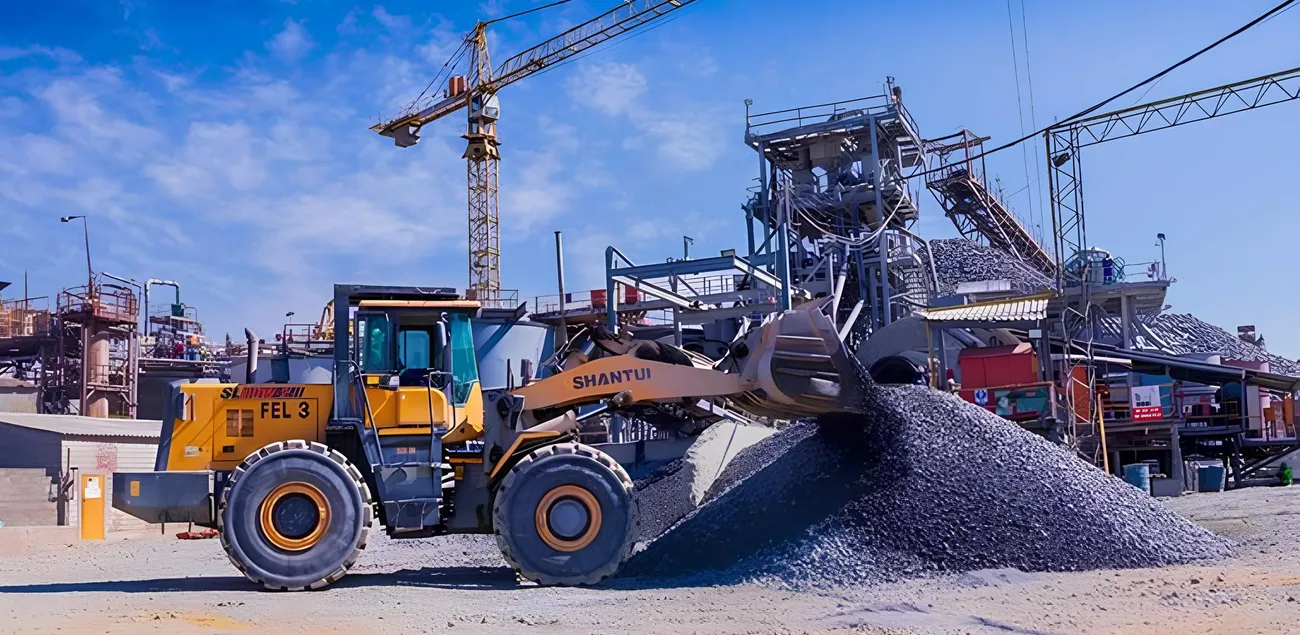
Kuvimba Mining House, the state-owned diversified miner, and two yet-to-be-named Chinese partners will break ground in the third quarter on a 600,000-tonnes-per-year lithium-concentrate plant at Sandawana in southern Zimbabwe, the company confirmed last week. Chief executive Trevor Barnard said the venture, budgeted at US $270 million, should be commissioned in early 2027—timed to coincide with an expected recovery in lithium prices and with Harare’s looming ban on concentrate exports.
Project Financing and Construction Road-map
Kuvimba will transfer construction and initial operation to its Chinese partners for at least five years, after which full ownership will revert to the Zimbabwean firm. Detailed agreements are “in the final stages”, Barnard noted, with preliminary site works scheduled for late September. The concentrator will upgrade ore from the Sandawana open pit—acquired in 2022—to a 6 % Li₂O spodumene product suitable for shipment to offshore converters or future domestic chemical plants. Project capex will be debt-funded at corporate level; the group is also seeking up to US $950 million for parallel gold, platinum and chrome expansions announced in February.
Strategic Timing: Ahead of a 2027 Export Ban
Zimbabwe already prohibits shipments of raw lithium ore and will extend the curb to all concentrates from January 2027 in a bid to capture more value onshore. By launching the plant now, Kuvimba can meet the new rule while positioning as a feedstock supplier for two lithium-sulphate refineries—backed by Huayou and Sinomine—that are due online the same year. Together, those facilities are expected to anchor a downstream cluster feeding global battery markets.
Market Backdrop and Pricing Dynamics
Benchmark spot lithium-carbonate prices have rebounded to about US $9,750 per tonne after collapsing nearly 90 % from their 2022 peak, yet they remain well below incentive levels for many hard-rock projects. Barnard argues the cycle will turn just as Sandawana concentrate comes on stream, citing supply-chain tightening once high-cost Chinese brine output retrenches and European gigafactories reach nameplate capacity.
Industry Context and Applications
Since 2021 Chinese miners—including Huayou, Sinomine, Chengxin and Yahua—have ploughed more than US $1.4 billion into Zimbabwean lithium assets, helping the country overtake the Democratic Republic of Congo as Africa’s leading producer. Sandawana’s concentrator would add roughly 8 % to Zimbabwe’s forecast 2028 export capacity, strengthening the nation’s bargaining power in long-term cathode-materials contracts.
Metal Context
Lithium is indispensable for high-energy-density batteries used in electric vehicles, grid storage and portable electronics. Global demand reached 1.3 million t LCE in 2024 and is forecast to double by 2028, yet prices remain volatile because incremental supply—from Australian hard-rock to Argentine brines—arrives in lumpy, project-based steps. Zimbabwe’s push to refine concentrates into sulphate or carbonate would shorten supply chains and lower Scope 3 emissions for battery makers.
Company Background and Market Context
Formed in 2020 from state-held stakes in gold, platinum and ferrochrome mines, Kuvimba generated an estimated US $320 million in revenue last year and employs more than 3,000 people. Its Sandawana permit, once famed for emeralds, hosts a 38-kilometre lithium-bearing pegmatite belt currently drilled to a depth of just 60 metres. Exploration is targeting a maiden resource estimate by year-end, with drilling rigs running round-the-clock.
